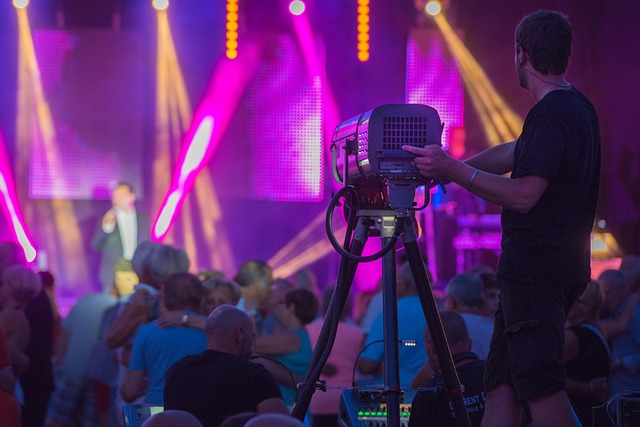The world of theatre is a captivating realm where stories come to life, painting vivid pictures in the minds of the audience. At the heart of every compelling theatrical experience lies the setting, an often underappreciated yet crucial element that transforms the narrative into an immersive experience. Whether it’s the gritty streets of a city or the serene beauty of a countryside, the setting enhances emotions, shapes characters, and invites viewers into a world that transcends reality.
In the entertainment industry, the setting in theatre productions is akin to the backdrop of a grand concert or festival. Just as a music festival combines different elements—lighting, layout, and ambiance—to create an unforgettable atmosphere, so too does a theatrical setting envelop the audience in its narrative tapestry. Concerts are not just about the music; they transport fans through elaborate staging and visual artistry that complement the sound, much like how a well-designed setting amplifies the themes of a play.
As we explore the impact of setting in theatre, it draws parallels to the world of cinema. Blockbuster films often rely on breathtaking cinematography to establish setting, showcasing landscapes that transport viewers to different realms. Similarly, theatre productions have the power to summon places through set design and props, engaging the audience’s imagination. A single dimly-lit stage can evoke an entire city, while a few carefully placed objects can suggest a character’s inner world.
Theatres around the globe are drawing from this understanding, elevating their productions by integrating innovative technology and multi-sensory experiences. Virtual reality and augmented reality are not just for video games; they’re finding their way into live performances, reinventing the traditional setting and how audiences engage with it. By immersing viewers in a dynamic environment, these advancements echo the energy seen at the most vibrant concerts, where every element plays a pivotal role in the overall experience.
Moreover, the setting in theatre reflects cultural narratives and social contexts, creating a mirror to society much like the music industry does through lyrics and composition. Artists often comment on real-world issues through their work, and theatre is no different. A thought-provoking play can challenge perspectives and provoke discussion, just as a revolutionary song can ignite social movements. It invites audiences to experience the world through different lenses, emphasizing the importance of the setting in transporting them to a place of reflection and awareness.
Festivals celebrate the beauty of performance art, showcasing how diverse settings can evoke different feelings and energy. Every festival provides a unique setting that resonates with its theme, whether it’s the serene beaches of a summer music festival or the vibrant streets of a local arts fair. The connections formed in these settings remind us of the universality of storytelling, as audiences gather to witness creativity unfold in real time. Each performance is a unique experience, enhanced and defined by its setting.
As theatre continues to evolve, the role of setting will remain pivotal in creating engaging narratives that resonate with audiences. By understanding its transformative power, theatre practitioners can further enrich the theatrical experience, enchanting viewers and leaving lasting impressions. In a fast-paced entertainment industry where visual storytelling dominates, the setting remains a steadfast foundation, reminding us of the magic found in art and performance. Through its multifaceted expressions, the setting not only shapes stories but also evokes shared emotions that linger long after the curtain falls.



